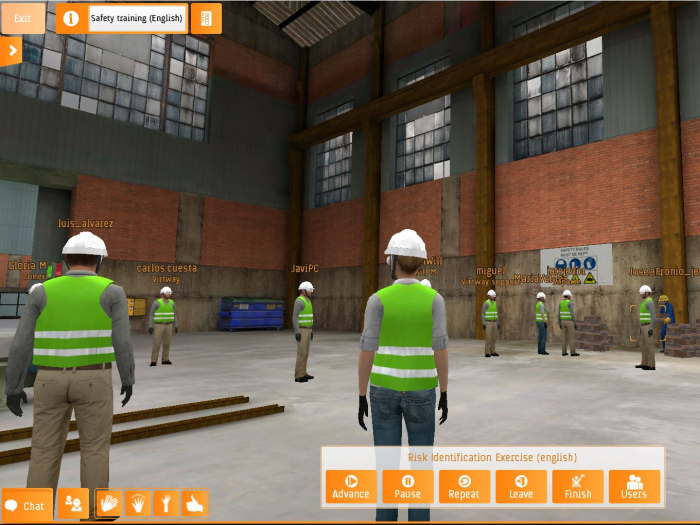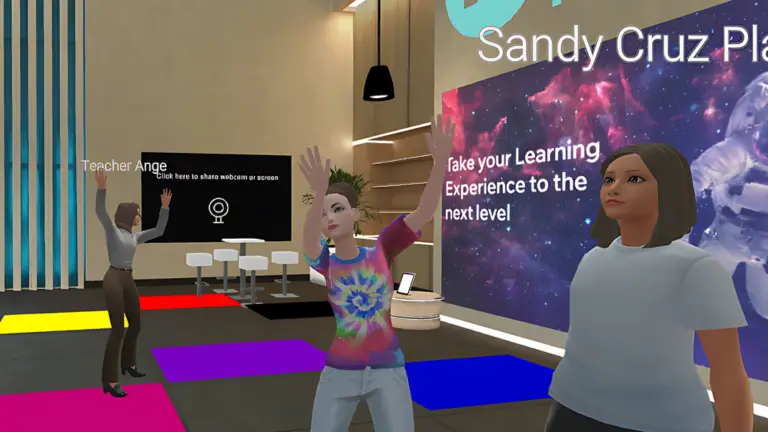What is the onboarding process?
Onboarding certainly isn’t a new concept; it’s a process that has been used by companies for a long time since the 1970s to be exact. To sum up, quickly, it’s basically the reception phase of a person who joins a company for the first time.
This integration plan isn’t limited to the specific moment when the employee arrives at the company, but may begin prior to incorporation and can be extended up to one year later.
The onboarding process is considered an essential element within companies to ensure employee loyalty and maximize productivity. In fact, the conclusions of several studies carried out on this subject reveal two very interesting facts:
· 22% of employee turnover occurs within 45 days of hiring.
· 90% of new employees decide whether or not to stay in the company during their first 6 months after joining.
These figures show the importance of employee onboarding in today’s business culture. That being said, those responsible for the onboarding process should really focus on finding the alternatives necessary in order to successfully integrate new talent into the team.
They have to achieve two essential objectives: First, it’s crucial to constantly support the people who enter the company and, second, know how to communicate the values and pillars of the business to them in an effective way, so that they feel included from day one.
A “virtual crush” between the company and the worker

Today’s digital era has brought about great changes in the culture of organizations, and it’s especially visible in the way employees carry out their professional tasks.
Companies are increasingly depending on worker mobility, investing in remote teams that connect from their homes or anywhere outside the walls of traditional offices.
This paradigm shift brings new challenges in many business areas, and onboarding is certainly one of them. The creation of an effective remote team within the company is undoubtedly an important challenge for an organization, as it must find alternatives and innovative activities for its members to establish productive and enriching relationships.
This takes us to why the role of online or virtual onboarding is 100% essential. Its objective is the same as that of its predecessor in physical environments: to invest in the employee, creating a sense of loyalty and having them become an active member of the company while simultaneously helping them to understand and share business values. However the online method has a key difference: the way of welcoming and communicating with these new employees is done through a virtual platform, perhaps through immersive activities that recreate very close environments from a distance.
Innovation: The Key to Virtual Onboarding
Virtual employees present a new challenge for companies and many companies are already investing in this trend. However there are still many doubts when it comes to knowing how to best carry out onboarding actions via virtualized platforms.
In reality, it’s not a complicated task. Only two elements are needed for the successful reception of a new worker: common sense and innovation.
The first of them is simple, pure logic. It consists in applying all the guidelines used in traditional onboarding processes: welcoming new employees, introducing him/her to the rest of the team members, explaining the company’s core values, etc. The only difference is that this will be held on a virtual platform instead of being face-to-face.
This brings us to the second of the basic components of virtual Onboarding: innovation. And it’s not too complicated either, since companies have the support of technology, which advances non-stop to offer advanced adapted alternatives to this and other business processes.
In fact, there is a whole range of possibilities when it comes to organizing onboarding actions that are out of the ordinary, thanks to virtual platforms such as Virtway, a company that provides businesses with the most advanced 3D technology with which they can use to discover the benefits of virtual 3D events.
These types of activities are increasingly demanded by those companies that want to go one step further and offer unique experiences for their employees, allowing them to interact and be present in a very “real” way without being “really there”.
In fact, Virtway integrates in all its events 3D avatars that are customizable for each user. These virtual participants can interact and communicate with each other in a very effective way, maintaining conversations in real-time thanks to VoIP applications.
Tips for Successfully Integrating Remote Teams

Once the first two factors of virtual onboarding have been defined, the next step is to know the best way to implement the process. The following recommendations should be present in all phases, both before and after the incorporation of new employees:
‘Face-to-face’ introductions
Welcoming a new employee is essential, and technology allows us to do so without having to coordinate agendas or travel. Thanks to videoconferencing platforms, workers are able to have direct contact with company managers, not only when they start their job, but also during the interview process or actions prior to hiring.
Integration into the team
The fact that one belongs to a remote work team doesn’t have to mean that the team members are isolated in their own personal bubbles. In all professional environments, personal encounters with colleagues should be a part of everyday work culture.
The only difference is that in this case, to strengthen ties and get to know each other better, the onboarding process will be done through virtual events. The possibilities offered by this technology allow an advanced interaction of its attendees in real-time, thanks to VoIP applications, video, and interactive chat.
One of the 3D events that is being used more and more by companies is Virtual Team Building activities. These are actions aimed at remote workers that help them develop skills such as leadership, problem-solving or decision-making. In addition, these interactions will allow team members to get to know each other and identify their strengths (and weaknesses).
Everything takes place in innovative scenarios, which allow the users to live experiences with great realism. One of the most immersive activities within this type of activity is the virtual Escape Rooms, where attendees can participate from any device with an Internet connection, and without having to use VR glasses or other accessories.
Continuing education
This is undoubtedly one of the most important keys when starting a virtual onboarding process. It must not only be considered before the worker joins the company but throughout their career.
Virtual classrooms are becoming a normal part of many corporations’ integrated practices so that they can teach a series of fundamental aspects that new employees have to know before and after their incorporation.
In this environment, virtual classrooms are vitally important, platforms that allow for the creation of remote experiences for training employees, such as occupational risk prevention. Interactive webinars are a clear example of how technological innovation is applied to teaching processes in corporate environments.
In fact, these types of events are the best examples to demonstrate that training should not be limited to employees taking online courses with interactive content, but should go a step further and offer its attendees the possibility of receiving virtual training with the maximum amount of interactivity possible.
In addition, it is the best way to motivate millennials at work, the talented generation that will eventually take over the current workforce. They are young people who demand stimulating and out-of-the-ordinary experiences, so these alternatives must be present in the virtual onboarding process which is directed at them.



